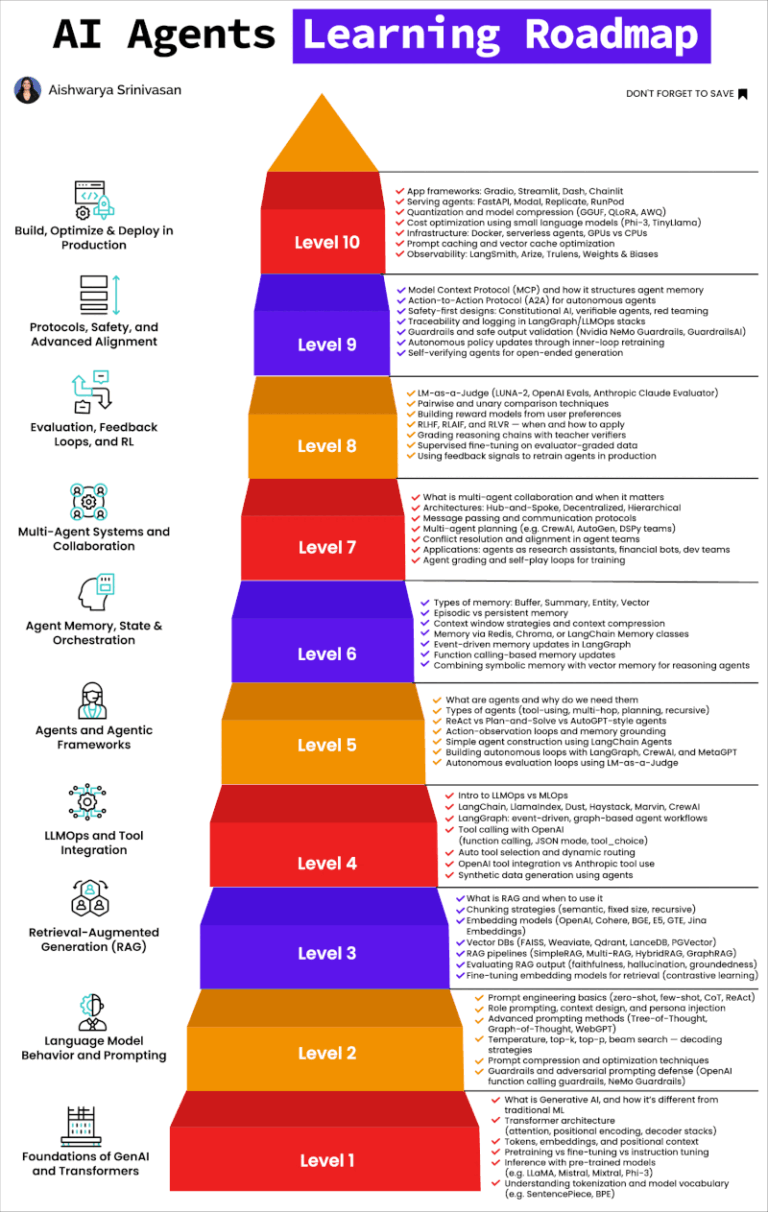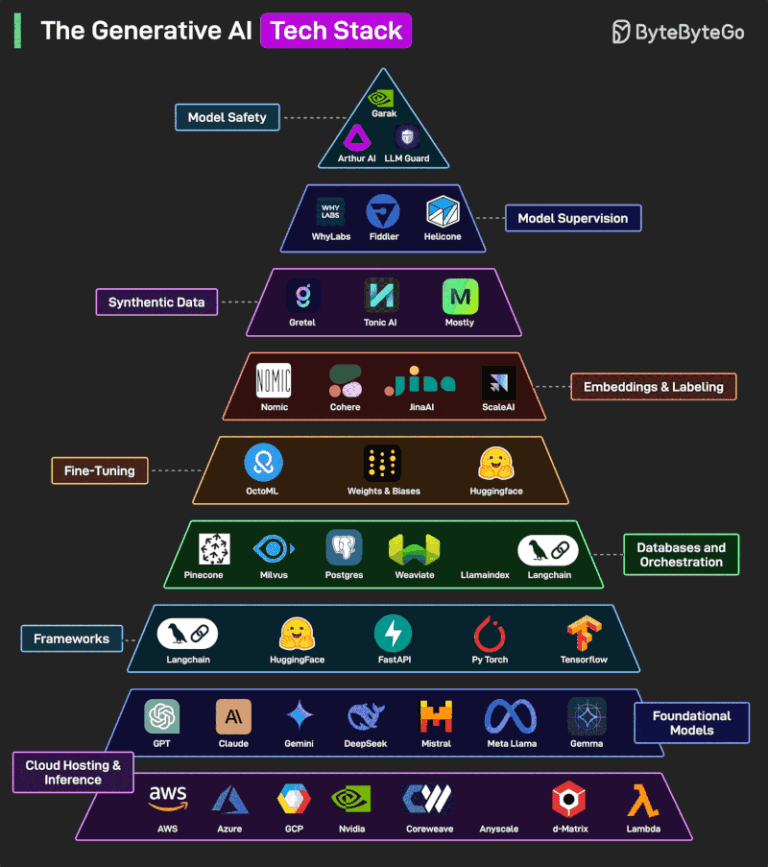Policy: Regulatory Compliance (Necessary to avoid legal issues and ensure operational legitimacy.)
A robust AI regulatory compliance policy protects your business by ensuring adherence to current laws while preparing for emerging regulations. This isn’t just about checking boxes – it’s about creating sustainable processes that keep your AI operations within legal boundaries while maintaining business efficiency.
Your compliance framework must address:
- Data protection and privacy regulations (GDPR, CCPA, etc.)
- Industry-specific compliance requirements
- Documentation of AI system decisions and operations
- Regular compliance audits and updates
- Clear processes for regulatory reporting
- Incident response procedures that meet legal requirements
- Training programs for compliance awareness
Regular reviews with legal counsel ensure your policy stays current as regulations evolve. Document all compliance measures, decisions, and updates to demonstrate due diligence.
Example 1: Healthcare Data Compliance
A medical technology company using AI for patient scheduling demonstrates strong compliance through:
- HIPAA-compliant data handling procedures
- Documented access controls and data encryption
- Regular compliance training for all staff
- Clear protocols for patient data requests
- Audit trails of all AI system access and decisions
When faced with a privacy audit, they quickly provided evidence of their comprehensive compliance measures, avoiding potential penalties.
Example 2: Financial Advisory AI
An investment firm using AI for portfolio recommendations maintains compliance through:
- SEC-compliant record-keeping of all AI recommendations
- Clear documentation of investment logic and risk assessments
- Regular testing against fiduciary requirements
- Automated flags for potential regulatory violations
- Detailed logs of all system updates and changes
During a routine regulatory examination, this documentation helped them quickly demonstrate their adherence to securities regulations.
This framework should evolve with changing regulations and include periodic assessments to identify and address any compliance gaps. Maintaining strong documentation of your compliance efforts protects your business while supporting operational continuity.


